en
Vertical installation, a revolutionary approach by mounting PV modules at a 90° angle, not only optimizes solar energy utilization but also efficiently saves land. This innovative method opens up new possibilities for seamlessly integrating PV power stations with agricultural activities and beyond, redefining the landscape of solar applications.
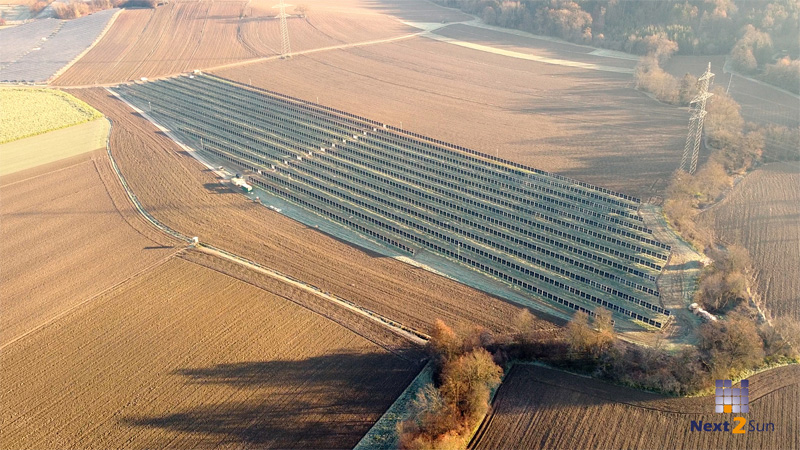
1. Enhanced space utilization
Vertical PV modules maximize space utilization with minimal projected area. This approach doesn't alter the terrain, making it ideal for agricultural areas and ensuring optimal solar power generation.
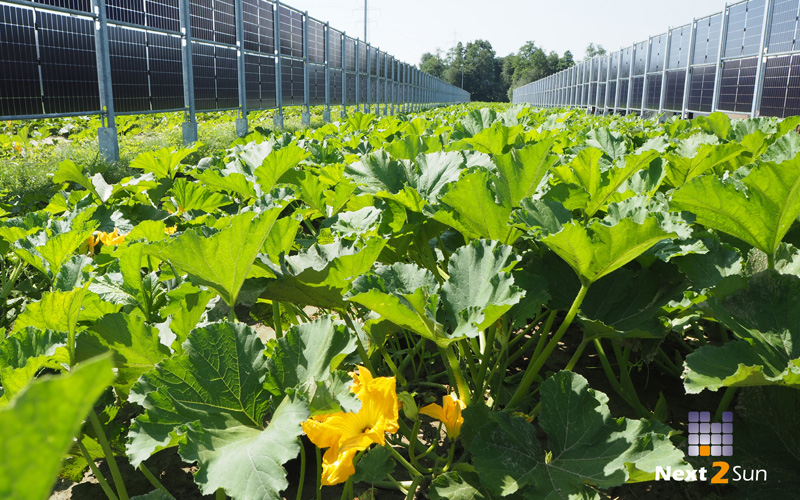
2. Easier maintenance
By preventing the accumulation of dust and dirt, vertical installation reduces the need for frequent cleaning, minimizing power generation losses and enhancing system reliability. Additionally, it eliminates snow coverage, mitigating risks associated with excessive snow.

3. Better power output curve, higher return
The power generation curve of the vertical PV system exhibits a “dual-peak”characteristic, allowing for staggered power supply and optimizing electricity revenue during peak market periods. This results in reduced reliance on energy storage for grid peak shaving in PV-storage systems.
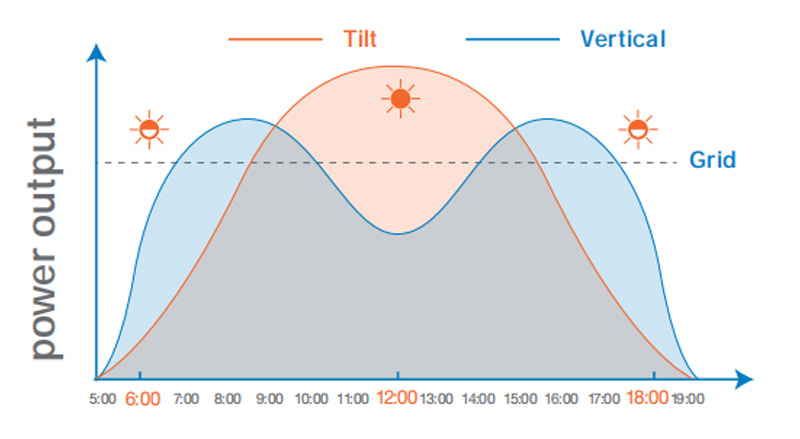
4. Higher utilization of solar energy
Vertically installed modules redirect reflected solar energy onto nearby plants or other PV arrays, reducing energy waste compared to modules installed at a tilt angle.
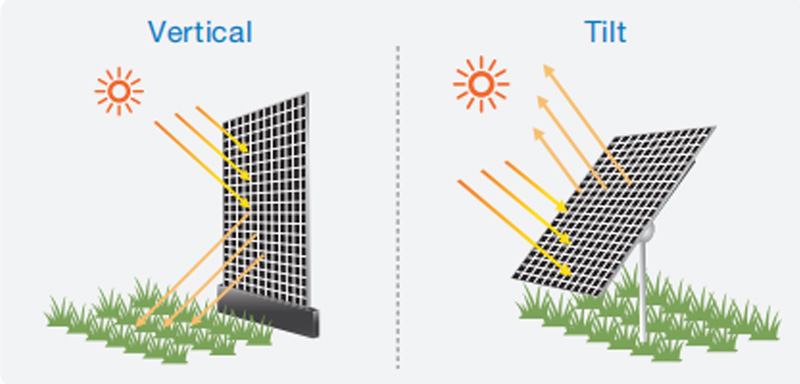
5. Reduced environmental noise
The coated glass used in PV modules has a microstructure of porous silica, which can absorb a portion of sound waves, thereby reducing environmental noise. Meanwhile, Vertical installation enhances integration with building structures, providing better enclosure options.
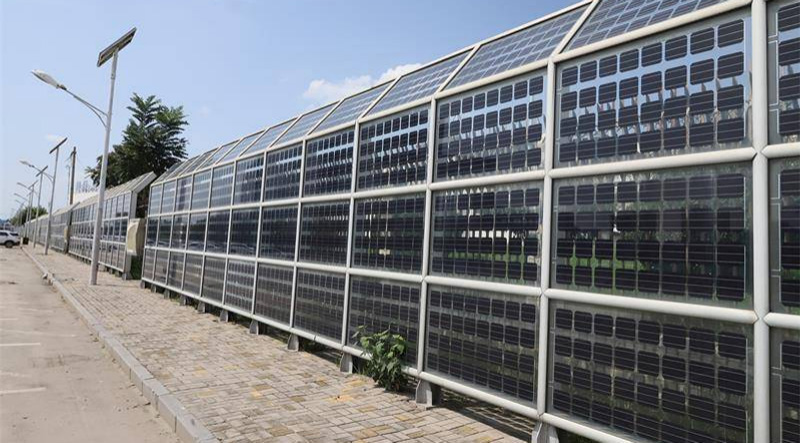
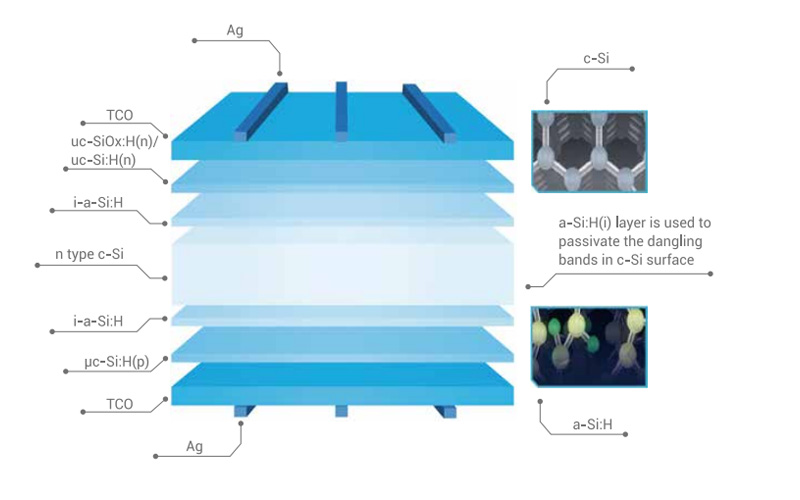
Heterojunction (HJT) solar technology features a perfectly symmetrical double-sided structure, complemented by innovative designs such as module frames and glass. Huasun’s state-of-the-art HJT modules can achieve an ultra-high bifaciality of up to 97%, which is an unprecedented level in the industry. The combination of high bifaciality and vertical installation contributes to significant revenue increases. HJT modules with ultra-high bifaciality demonstrate comparable energy yield performance to commonly tilted installations.
Currently, the champion power of HUASUN HJT module with common G12 size reaches 750.54W, with an efficiency of 24.16%,leading the industry.
1. Agriculture PV/Agrivoltaics
Huasun's ultra-high bifaciality modules, combined with Next2Sun's innovative mounting system, offer electricity generation benefits with minimal land occupancy, minimizing disruptions to agricultural activities.
2. Solar Fence
The solar fence seamlessly integrates fencing functions, technological aesthetics, and economic benefits.

3. Highway PV Guardrails
Maximizing existing resources for green energy production, highway PV guardrails act as renewable energy sources and noise barriers, offering limitless potential.
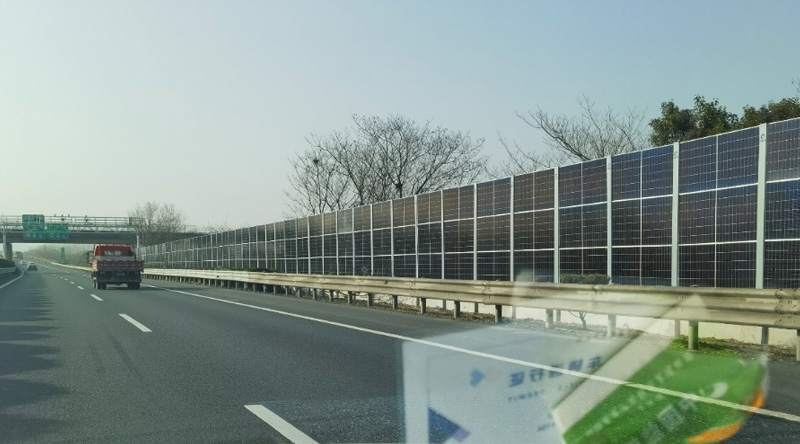
4. Airport Grounds
In contrast to conventional ground-mounted systems, the minimal land use can prevent a negative impact on precipitation distribution and vegetation.

Picture: Vertical demonstration system at the south-western end of Runway West at Frankfurt Airport (Source: Fraport AG)
5. Building integrated PV (BIPV)
In building scenarios, vertical modules serve as sound barriers, sunroom walls, photovoltaic balconies, building facades, and urban landscapes, combining functionality with green energy and technological aesthetics.
